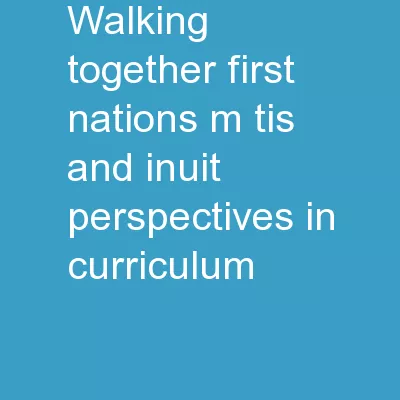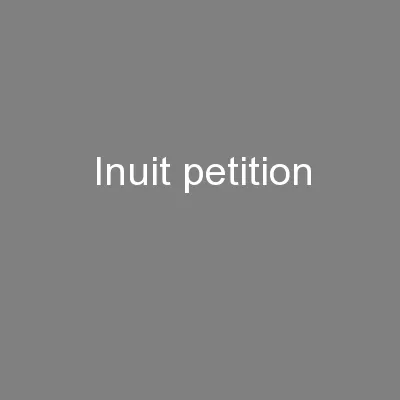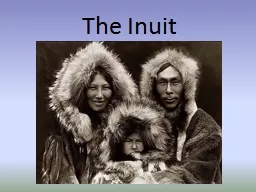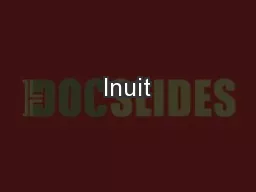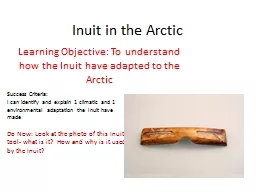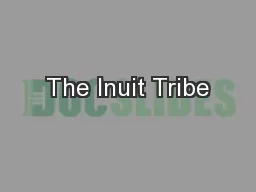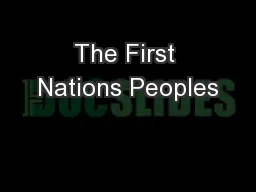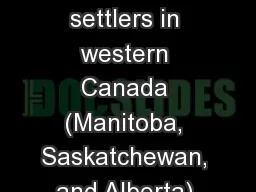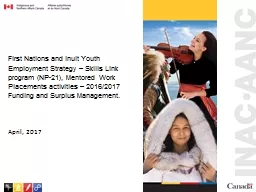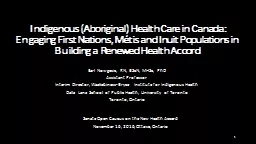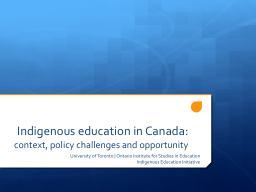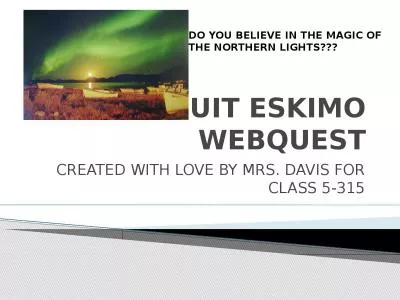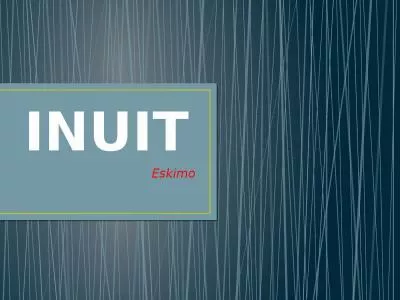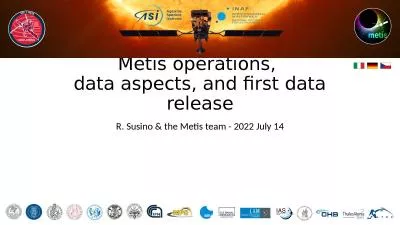PPT-Walking Together First Nations, Métis and Inuit Perspectives in Curriculum
Author : alexa-scheidler | Published Date : 2018-12-24
A Professional Development Resource Walking Together First Nations Métis and Inuit Perspectives in Curriculum Backgrounder The Focus Why How Who What FIRST NATIONS
Presentation Embed Code
Download Presentation
Download Presentation The PPT/PDF document "Walking Together First Nations, Métis a..." is the property of its rightful owner. Permission is granted to download and print the materials on this website for personal, non-commercial use only, and to display it on your personal computer provided you do not modify the materials and that you retain all copyright notices contained in the materials. By downloading content from our website, you accept the terms of this agreement.
Walking Together First Nations, Métis and Inuit Perspectives in Curriculum: Transcript
Download Rules Of Document
"Walking Together First Nations, Métis and Inuit Perspectives in Curriculum"The content belongs to its owner. You may download and print it for personal use, without modification, and keep all copyright notices. By downloading, you agree to these terms.
Related Documents

